 Alice Springs, 26–28 Sep. 2016 — Field trip around Alice Springs, 29 Sep. 2016
Alice Springs, 26–28 Sep. 2016 — Field trip around Alice Springs, 29 Sep. 2016
This year, the 46th Australasian Systematic Botany Society Conference “Systematic Botany —
a view from the Centre” will be held in Alice Springs, celebrating our uniquely Australian environment that has led to an original and intriguing flora and the linkages the Australian Flora has with the Trans-Tasman flora in New Zealand.
The Conference is organised by Peter Jobson (Northern Territory Herbarium, Alice Springs) and co-convened by Prof. Michelle Waycott (State Herbarium of South Australia, Adelaide, & The University of Adelaide).
Conference session themes
We hope to encourage contributions across a variety of topics including the following themes:
- Systematics, taxonomy and evolution of Australian and other arid-zone floras
- Trans-Tasman linkages of Australian and New Zealand floras
- New initiatives in identifying and managing introduced plants: weeds, genes and taxonomy on a global scale
- Taxonomy in decision making: the importance of recognising and maintaining core resources and skills that relate to the management of natural resources
- Innovative data management in the ‘big data’ – ‘global data’ age and how this relates to everyday business in herbaria and other collections
- And of course, we hope that anyone with work or ideas they want to share in the broadest definition of the discipline of plant systematics will plan on attending also.
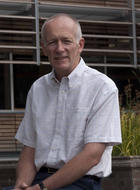 Plenary speaker
Plenary speaker
Our plenary Speaker will be Prof. Mark Chase, Royal Botanic Gardens Kew and an Adjunct Professor in Plant Biology at The University of Western Australia. Mark has been actively working in Australia for some time and will join our Conference after an extended field trip into South and Western Australia.
Contact
The Organising Committee encourages everyone who might even be remotely tempted to attend the Conference to subscribe to the website for ongoing updates for ASBS 2016:
We use this service to update those who register on anything new regarding registration, key speakers, local planning options and an ever-evolving program.
Come and join us in Alice Springs for what should be a wonderful, friendly and interesting Conference.
This ASBS Conference is being jointly run by the systematic botanists from Northern Territory and South Australia. In the spirit of partnership, collaboration and sharing the load, we look forward to you joining us in Alice Springs in September.
Venue is the DoubleTree by Hilton Hotel, Alice Springs.

Organising Committee
- Convenor: Michelle Waycott, State Herbarium of South Australia & The University of Adelaide
- Local convenor: Peter Jobson, Northern Territory Herbarium, Alice Springs
- Committee: Ainsley Calladine, Bill Barker, Donna Lewis, Ian Cowie
- Organisational support: Jessica Burdon, Juergen Kellermann, Helen Vonow.


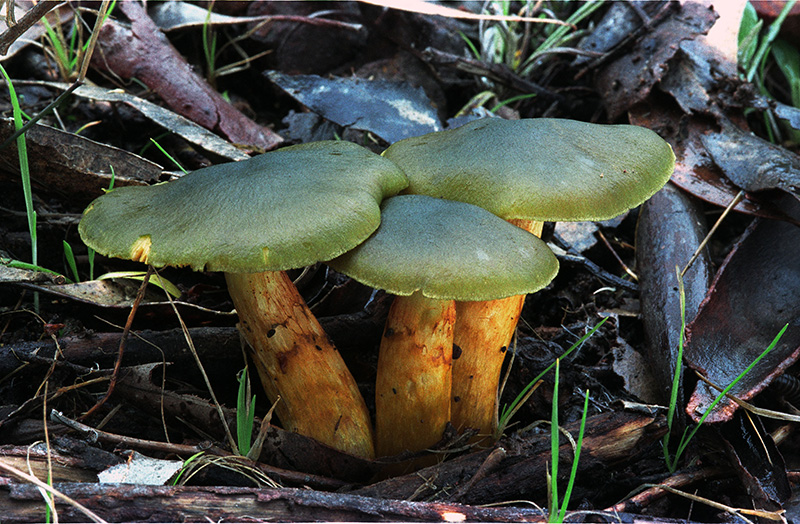
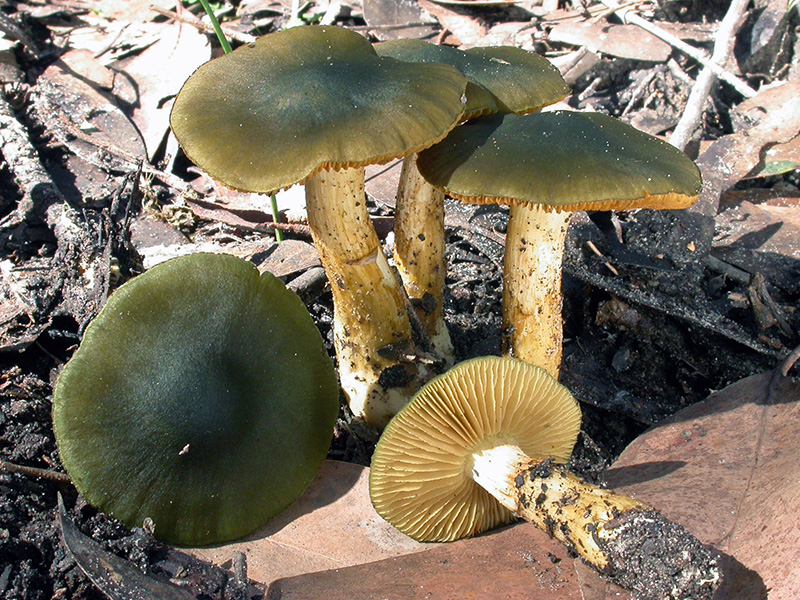
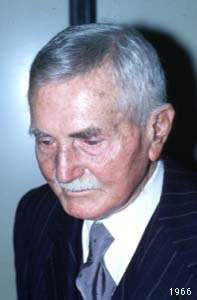
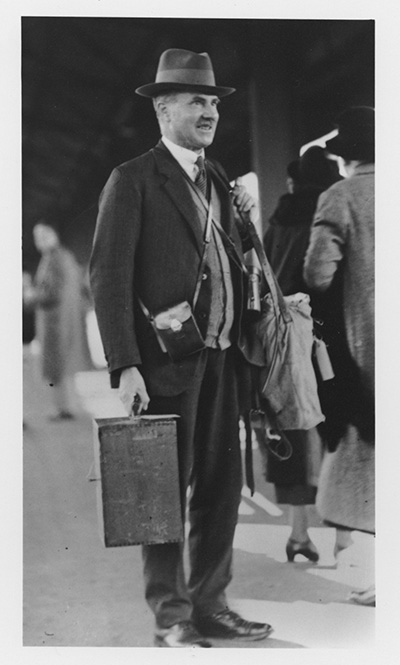
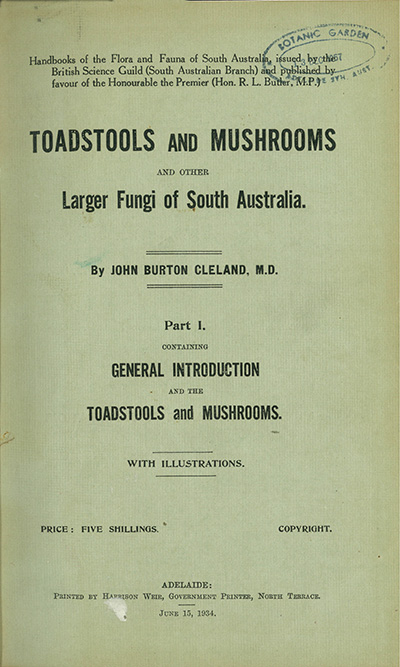 Important references to S.A. fungi
Important references to S.A. fungi
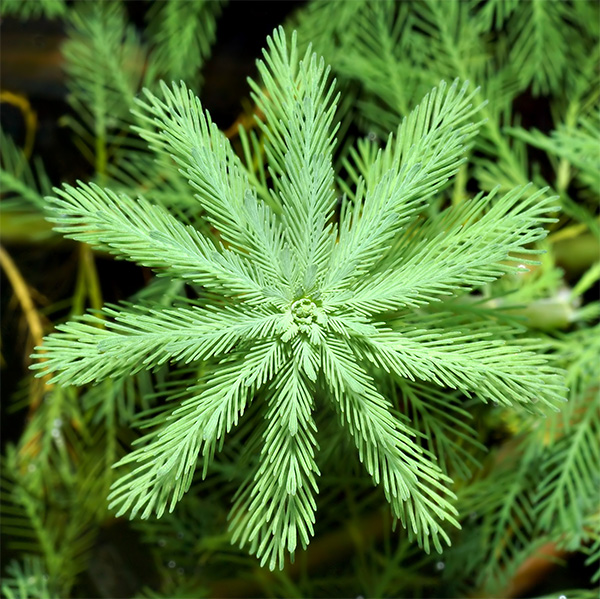

You must be logged in to post a comment.